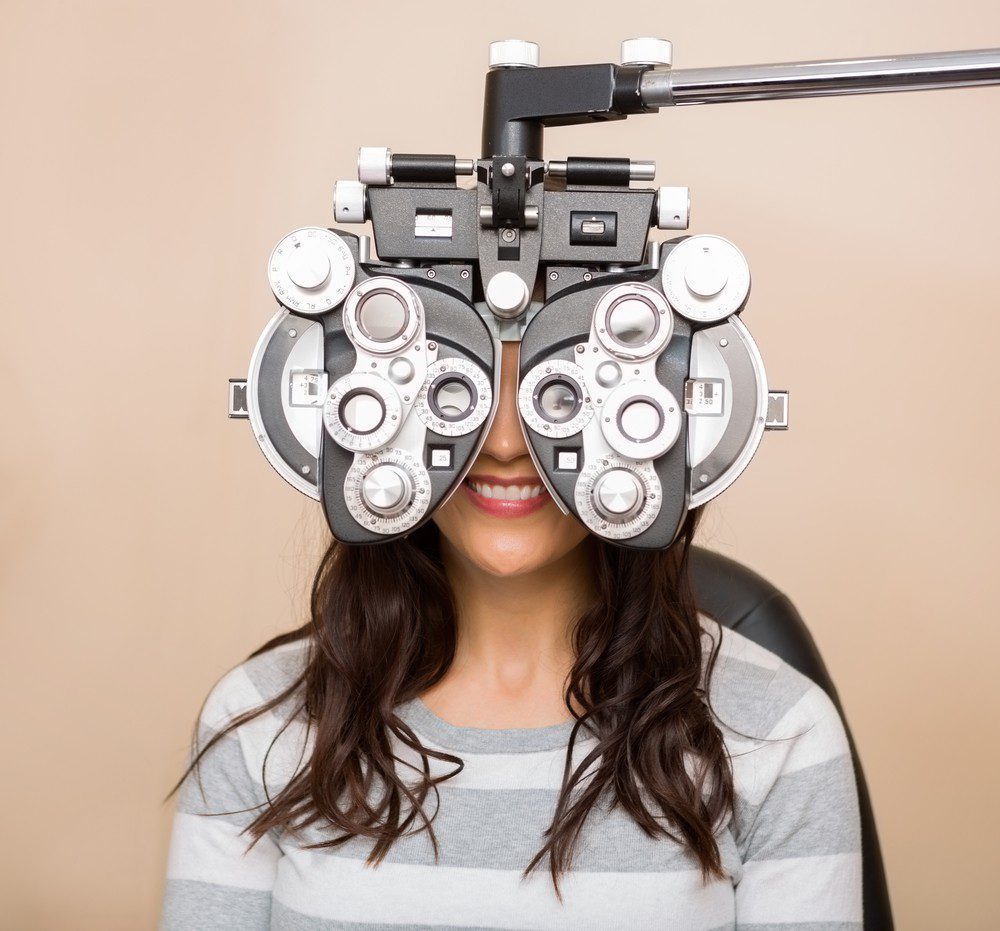
Eyewear
Buyer’s Guide: Children’s Sunglasses
Children just love playing outdoors under the sun and with good reason: it feels good and natural. They also get a good dose of Vitamin D and some fresh air to boot...
FAQ

What are polarized sunglasses and what are they used for?
FAQ
Light entering our eyes makes it possible for us to see, that’s why humans are mostly blind at night when there’s no lightsource available. Light is made up of waves that travel in all directions simultaneously. Some go vertical, which is perfectly useful to the human eye, and some go horizontal, which just creates glare and is harmful to our eyes.
Whenever concentrated light is reflecting off a shiny, horizontal surface such as the ocean, snow, sand, the windshield of a car or even the road itself and causes visibility issues, that’s the handiwork of glare.
Glare comes in two forms:
A sudden and instinctive desire to look away from a bright and shiny light source. Dangerous when driving or while engaging in sporting activities where every split second matters.
Impairs vision of objects without necessarily causing discomfort, like driving westward when the sun goes down.
As you can see, glare brings a lot of negatives to the equation. Temporary blindness, loss of visual performance and reduction of brightness and contrast when viewing objects being some of them.
Polarized sunglasses work to cut glare by way of a special filter in the lens that blocks intense, horizontal reflected light. Garden variety sunglasses that aren’t polarized filter all light waves indiscriminately, horizontal and vertical. This dampens the glare somewhat, but doesn’t eliminate it. The downside to filtering all components of light is diminished vision clarity.
With polarized lenses, the vertical wave of light is allowed to go through and the horizontal wave is filtered. This enables the wearer to see images clearly and naturally, with more contrast and focus. Polarized sunglasses are best used for fishing, snow sports, golf, water sports and driving. It’s not advisable for motorbikes and other activities where viewing an LCD is required. Same goes for skiing in icy conditions, as the skier won’t be able to distinguish icy patches from soft snow.
Polarized sunglasses have many advantages over regular, non-polarized sunglasses:
If you want to check if your current sunglasses are polarized, do this simple test:
Due to the severe weather changes that bring about extreme heat waves, you need all the protection you can get your hands on. Polarized sunglasses provide an extra layer of protection that regular sunglasses lack. Glare is a serious problem that carries many consequences such as accidents and photokeratitis. Protect your eyes from damaging glare and get a pair of polarized sunglasses that block 70 – 99 percent of reflected light. Your optometrist can help you select the right pair for you and your activities. Always be safe on the road, on the slopes and out at sea.

Eyewear
Children just love playing outdoors under the sun and with good reason: it feels good and natural. They also get a good dose of Vitamin D and some fresh air to boot...

Eye health
The eyes are one of the most fragile organs of the human body. They are prone to problems when not properly cared for. Protected only by a thin layer of…

Advices & tips
Contact lenses have been around for decades. This game changing medical device gives people with poor eyesight the power to see things clearly again, without the need for cumbersome eyeglasses…